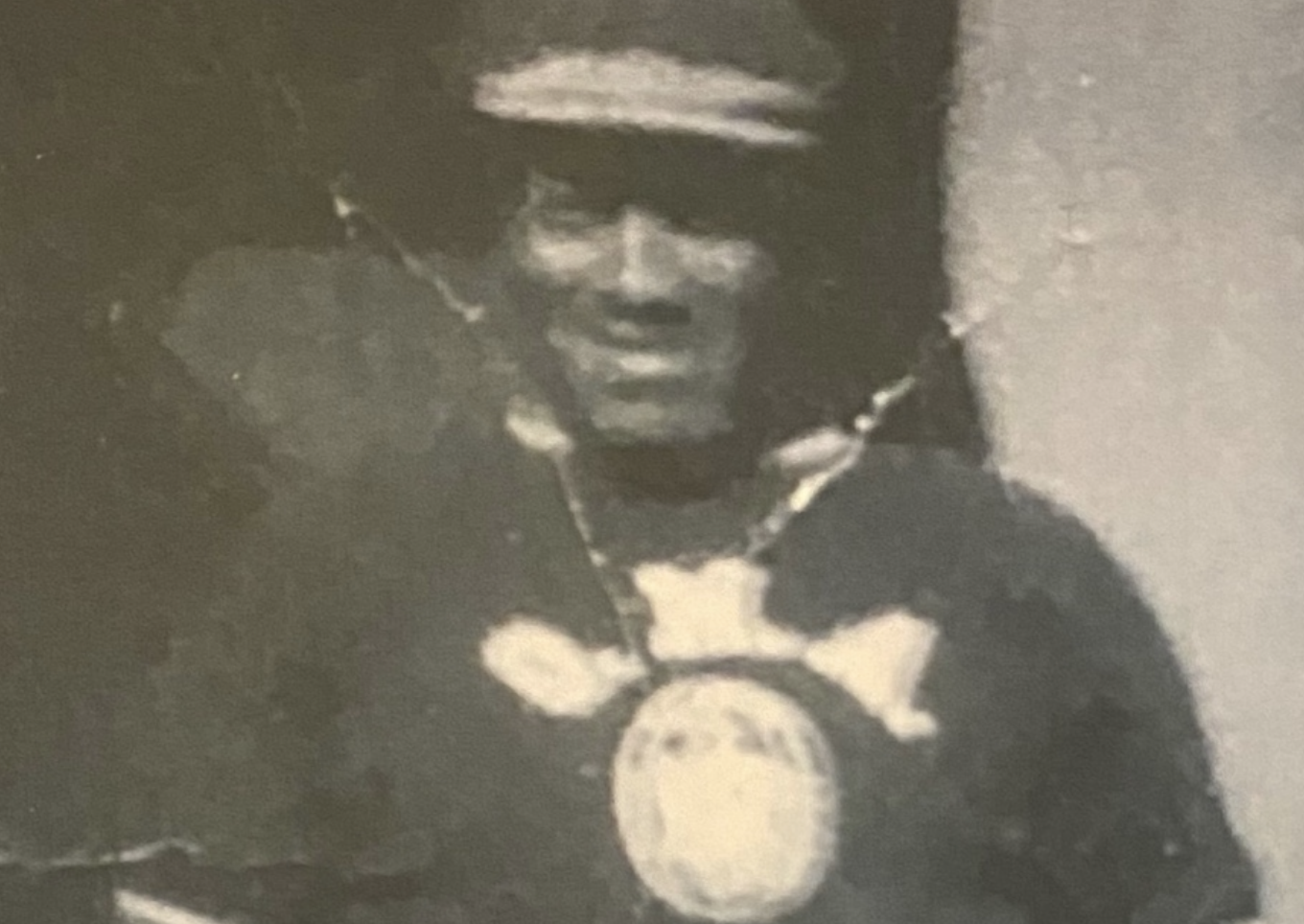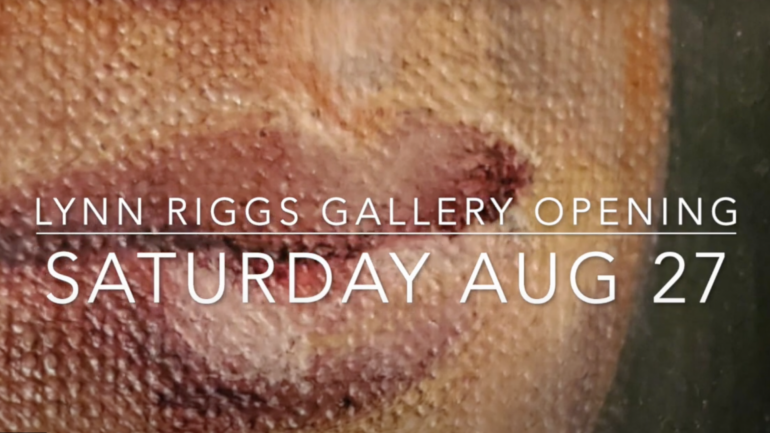Published in the Claremore Daily Progress in January 23, 2014 by Larry Larkin.
Thursday’s rainout at the Rogers State softball field reminded me of another weather postponement that happened 37 years ago. Like in the famed “Casey at the Bat” baseball tale, things looked dim that day in 1971 because a sudden downpour at Legion Field spoiled plans for the next day’s lead story for the Claremore Progress sports page. Thankfully, Lonzo Hernando Rogers was in the stands that day. This alone was not unusual. Being the proud father of two daughters and six sons who each excelled in athletics, he was present at most Zebra games. Without a game to watch on the field that day, I figured that maybe it would be a perfect time to “talk baseball” with this devoted fan. Little did I realize that his words that afternoon would still linger all these years later. Having watched him coach a Little League team for two years, it was obvious that Lonnie Rogers knew how to play the game. Maybe it was the way he wore that old, battered New York Giants ballcap.
What I didn’t realize when we first started talking was the way he developed this baseball savvy. It came from playing more than 21 years of organized baseball in countless professional and semi-pro Negro leagues.
He played in his first “real” game at age 13. Today, many players join teams at a much earlier age. Lonnie’s case was a little different. His first game was played with, and against, grown men. During his first teenage year, in the 1930s, he earned a starting position on the Claremore Clowns. The player he replaced at shortstop was his father, Dewey Rogers. Because no official records were kept back then, there is no way to determine how many baseball games he played. First as an infielder and then as a pitcher, he played on diamonds from Claremore to Frankfurt, Germany.
For 21 years, he played baseball every time he had the opportunity. Recalling his early years as a player, Lonnie told of the time he first left home to travel with a semipro team, the Dallas Steers. It was common for a traveling team to come into a town to play a local club. If one of the local players was good enough, he would be offered a position on the visiting team.
“We played the Steers here in Claremore at the old ballpark where the swimming pool used to be,” Lonnie said, referring to the area behind Ne-Mar Center today. “And afterwards, their manager signed me to finish the season with them. We went up to Wichita, Kansas, for their annual semi-pro tournament and played 10 to 15 games. Then the manager ran off with all our money.”
Another member of the Clowns had been invited to join the Steers, but decided at the final minute not to go. Away from home for the first time, Lonnie said he was fine as long as he was playing ball, but admitted that he didn’t care much about the rest of the time.
“It wasn’t much fun traveling with full-grown men,” he said. “They had things to do, and as a kid I didn’t fit in with most of them.” Returning home, he was playing for the Clowns again when a team known as the Oago Ramblers came through town. They also liked the young man’s skills and signed him up. This time, Lonnie didn’t leave alone. The Ramblers also signed two other players to travel with them.
It was back at the Wichita tournament, this time as a Rambler, when he learned to do as the umpires told him to do. “I went up to bat and the umpire told me to step back so he could dust off home plate. I stepped back, but when the ump didn’t move, I figured he had changed his mind. I got back in my batting position,” Lonnie recalled with a grin.
“What I didn’t know was that there was a hole in the middle of the plate and all the umpire had to do was push this button for an air hose to blow off the dust. “He hit that button and the dust came straight up into my face. You never saw anybody as scared as I was at that moment. I didn’t know what in the world had happened.”
After two more summers with the Ramblers, Lonnie returned to Claremore and became a Clown again. The health of the Oago manager had forced the team to disband. While playing with the Claremore bunch, Lonnie was still called on to play with teams in Bartlesville, Vinita, Coffeyville, and other surrounding communities.
“I could play for the Clowns during the day and then drive to someplace else for a night game. It was a good life, but a busy one,” Lonnie said. The Claremore players’ performances did not go unnoticed. He had offers from the Kansas City Monarchs and the Birmingham Barons, both top-notch teams in the Negro League. “They traveled way too much for me,” Lonnie said. “It meant being away from my growing family and I didn’t want anything to do with that.”
Then World War II started. In 1942, Lonnie joined the Army. As a member of the 94th Engineers, his unit was sent to Germany. Once there, he joined the unit’s baseball team. That didn’t last long. The Army had a habit of taking its best athletes from all the units and putting them on select teams. The color of skin made no difference. It was here that Lonnie played against several white players who were (or soon would be) major-league performers. The opposition didn’t matter. Lonnie still hit .300, just as he did with the Claremore Clowns, or any of the other traveling teams. “I was always a pretty good hitter, usually around .310 to .313,” he said.
Despite being an infielder and pitcher, his favorite player was New York Yankee catcher Bill Dickey. “You know, that was the only time I ever got into trouble while in the army. When I was stationed in Virginia, I would sneak off base and go see the Yankees when they played in Washington, D.C.” Remembering his life in baseball, he also talked about the day when he decided his playing days had reached the end. “I was back with the Clowns. Instead of being 13, this time I was the oldest veteran on the roster. We were playing a Tulsa team and Bill Dikeman was pitching for us.
“A lefthanded fastball pitcher, Bill had a great pickoff move to first base. I was playing first that day and Tulsa had a runner reach the base. I was covering the bag and holding the runner close. Bill threw over to me and I didn’t even see the ball until it hit me in the face. “My house was across the street from the field and I just put my glove down on the base and went home. I knew when my eyes went bad, I was through as a ballplayer.”
Lonnie Rogers was 57 years old that rainy day in 1971 when he took time to share some of his priceless memories and his love for the game of baseball. He died several years ago, but even now, while attending a game at Legion Field, I can’t help but look around for him. Probably still wearing that old Giants cap, Lonzo Hernando Rogers is watching the game from somewhere.




